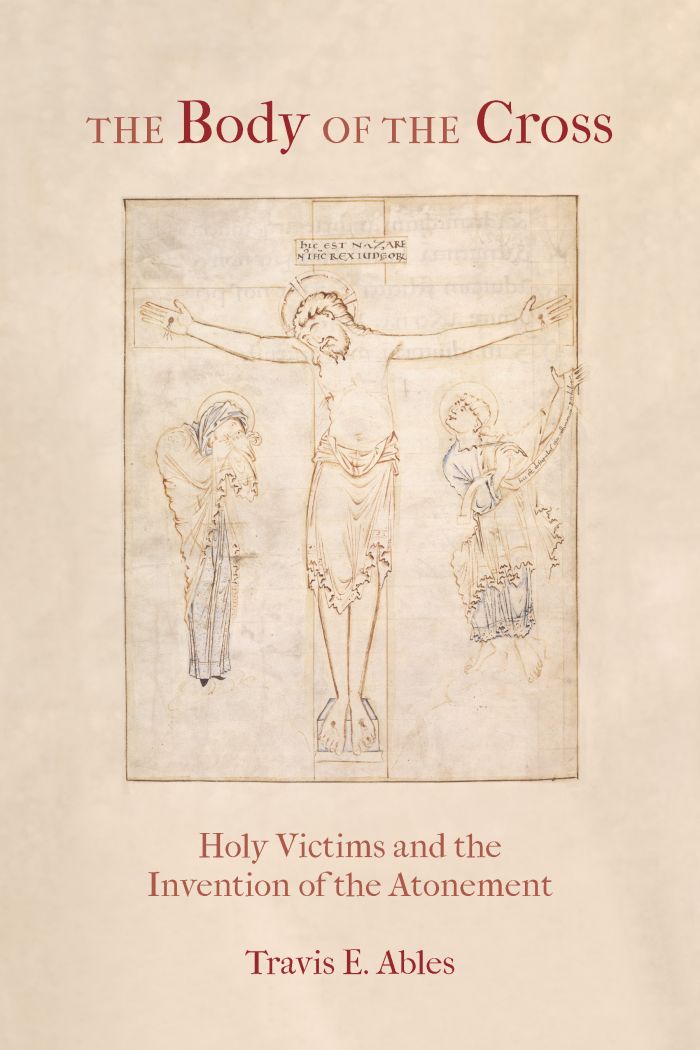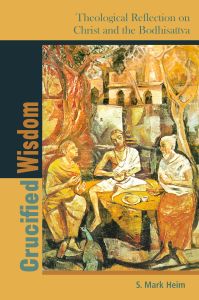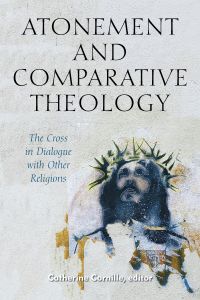Save 25% plus free shipping during our Winter Sale! Use promo code JOY2025. Expires 1/5/26.
The Body of the Cross
Holy Victims and the Invention of the Atonement

This book can be opened with

The Body of the Cross is a study of holy victims in Western Christian history and how the uses of their bodies in Christian thought led to the idea of the cross as a substitutionary sacrifice. Since its first centuries, Christianity has traded on the suffering of victims—martyrs, mystics, and heretics—as substitutes for the Christian social body. These victims secured holiness, either by their own sacred power or by their reprobation and rejection. Just as their bodies were mediated in eucharistic, social, and Christological ways, so too did the flesh of Jesus Christ become one of those holy substitutes. But it was only late in Western history that he took on the function of the exemplary victim.
In tracing the story of this embodied development, The Body of the Cross gives special attention to popular spirituality, religious dissent, and the writing of women throughout Christian history. It examines the symbol of the cross as it functions in key moments throughout this history, including the parting of the ways of Judaism and Christianity, the gnostic debates, martyr traditions, and medieval affective devotion and heresy. Finally, in a Reformation era haunted by divine wrath, these themes concentrated in the unique concept that Jesus Christ died on the cross to absorb divine punishment for sin: a holy body and a rejected body in one.
The Body of the Cross represents a major rethinking of a most important topic. I find it stunning in its exposure of what the ‘Tradition’ has excluded. This is no ‘grand narrative,’ yet it possesses the heft and sweep (against the grain) of such work. Scholars, university and divinity school professors, and doctoral students will find this book immensely helpful.—M. Shawn Copeland, Professor of Theology Emerita, Boston College
In The Body of the Cross, Travis Ables explores the concrete ways in which the notion that Christ served as a substitute for believers—the “logic of vicarity”—emerged in popular devotion and practice, revealing that the idea of Christ as the ultimate “holy victim” at the center of penal substitutionary thought emerges only late in the day. In doing so, Ables reveals the complex ways in which Christians came to terms with the meaning of death and resurrection for their faith. It will undoubtedly serve to engender further innovative discussions on this crucial aspect of Christian theology, life, and practice.—Cynthia Crysdale, Professor Emerita of Christian Ethics and Theology, University of the South
. . .Travis Ables has succeeded in producing a thought-provoking study, confidently charting intellectual waters that are not always easy to navigate. It will certainly need to be reckoned with by all future scholars writing on atonement theology.—Irish Theological Quarterly
Preface | vii
Introduction | 1
1 The Way of Darkness and the Way of Light: The Cross as Boundary Marker in Early Christianity | 15
2 The Body of the Martyr and the Body of Christ | 37
3 The Politics of Holy Bodies and the Invention of the Cross | 57
4 Between Hope and Fear: Monastic Bodies at the Foot of the Cross | 75
5 Bodies Pierced by the Cross: Popular Devotion, Popular Heresy | 101
6 The Bitter Christ and the Sweet Christ: The Cross and the German Reformations | 129
7 Holy Bodies and the Sacrifice of the Self:
Divine Wrath, Discipline, and the Cross in the Reformations | 156
Conclusion | 187
Notes | 199
Bibliography | 235
Index | 251




